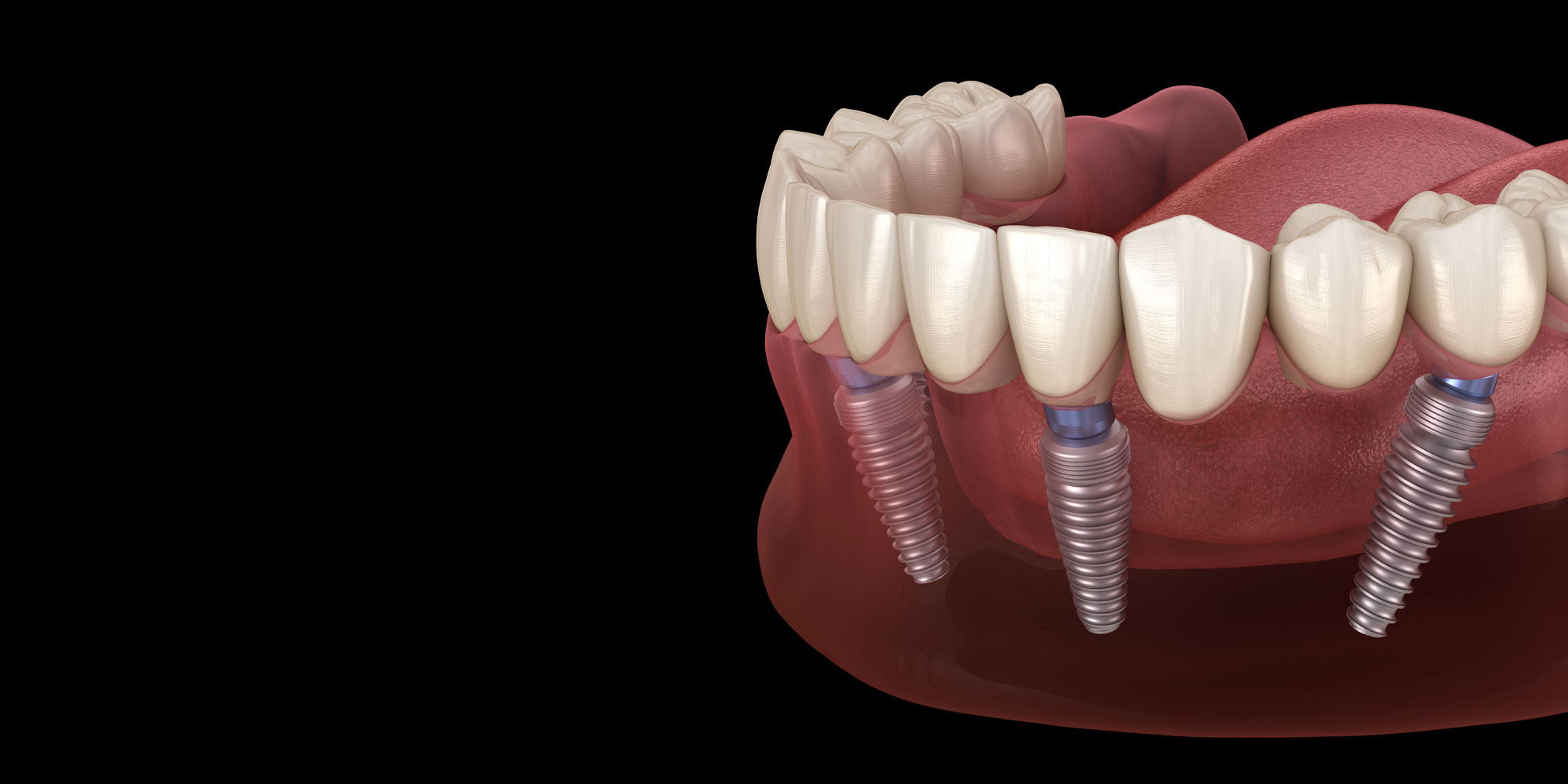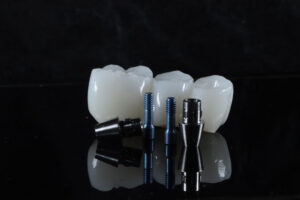A Comprehensive Guide to Dental Fillings
If you develop tooth cavities, dental fillings are one of the most common and effective ways to repair the tooth and restore its functionality. Patients can consult their dentist to determine the appropriate treatment and materials for the dental restoration process. The choice of filling material depends on several factors, including the size and location of the cavity, aesthetics, durability, and cost.
Understanding the Dental Restoration Process
Dental restoration involves removing decayed portions of the tooth and filling the resulting space with a material that protects and restores the tooth’s structure. Your dentist will discuss the available options and recommend a filling based on your specific needs and preferences.
Common Types of Dental Fillings
There are several types of dental fillings available, each with its unique characteristics. Let’s delve into the most common options:
1. Amalgam Fillings
Amalgam is the oldest and most cost-effective option among dental fillings. This material consists of a blend of metals, including 50% mercury combined with copper, tin, silver, or zinc.
- Advantages:
- Durable and long-lasting
- Affordable
- Drawbacks:
- Silver appearance makes them noticeable
- May darken over time
- Mercury content, although deemed safe by the FDA for individuals above six years old, raises concerns for some patients
Amalgam fillings are best suited for molars and teeth that are not immediately visible.
2. Composite Fillings
Composite fillings are made from a blend of powdered glass and acrylic resin. These fillings are a popular choice due to their ability to mimic the natural color of teeth.
- Advantages:
- Customizable to match natural tooth color
- Ideal for visible areas
- Drawbacks:
- Less durable than metal-based fillings
- More suitable for small cavities or low-pressure chewing areas
Composite fillings are a go-to option for patients who prioritize aesthetics.
3. Gold Fillings
Gold has long been a trusted material for dental restorations, valued for its strength and longevity. According to the American Dental Association, gold fillings can last up to 20 years or more.
- Advantages:
- Extremely durable
- Does not tarnish
- Drawbacks:
- High cost
- Prolonged procedure
- Noticeable appearance, which may not appeal to those seeking a natural look
Gold fillings are ideal for patients looking for a durable solution and are less concerned about cost and aesthetics.
4. Porcelain Fillings
Porcelain is a high-quality material that mimics the appearance of natural teeth, making it an excellent choice for patients prioritizing aesthetics.
- Advantages:
- Natural-looking appearance
- Resistant to staining
- Durable for front-row teeth
- Drawbacks:
- Expensive compared to composite fillings
- More fragile than gold
Porcelain fillings are a top choice for front teeth restorations where appearance is key.
5. Resin or Glass Ionomer Fillings
Glass ionomer is primarily used for children’s teeth or small areas of decay. This material releases fluoride, which helps protect developing teeth from further decay.
- Advantages:
- Releases fluoride for added protection
- Suitable for primary teeth or areas with minimal pressure
- Drawbacks:
- Delicate and prone to wear
- Typically lasts less than five years
Glass ionomer is an excellent option for pediatric dentistry or cases involving small cavities.
Factors to Consider When Choosing a Dental Filling
When deciding on a dental filling, consider the following factors:
- Location of the cavity: Some materials are better suited for visible areas, while others are more durable for back teeth.
- Durability: Choose materials that can withstand the chewing pressure of the affected tooth.
- Cost: Discuss with your dentist the pricing for each option to find a solution that fits your budget.
- Aesthetics: If appearance matters, prioritize tooth-colored options like composite or porcelain.
Why Regular Dental Check-Ups Matter
Cavities often start small and may not cause noticeable symptoms. Regular dental check-ups are essential for early detection and timely treatment. Your dentist can identify areas of concern and recommend the best course of action to prevent further damage.
Dental fillings play a vital role in maintaining oral health and restoring the functionality of your teeth. Patients have many options to choose from, and consulting a dentist will help ensure the best choice for your specific needs.
Schedule an Appointment
If you suspect you have a cavity or need a dental restoration, contact Preferred Dental Center. Our experienced team will help you choose the most suitable filling material for your oral health needs.




